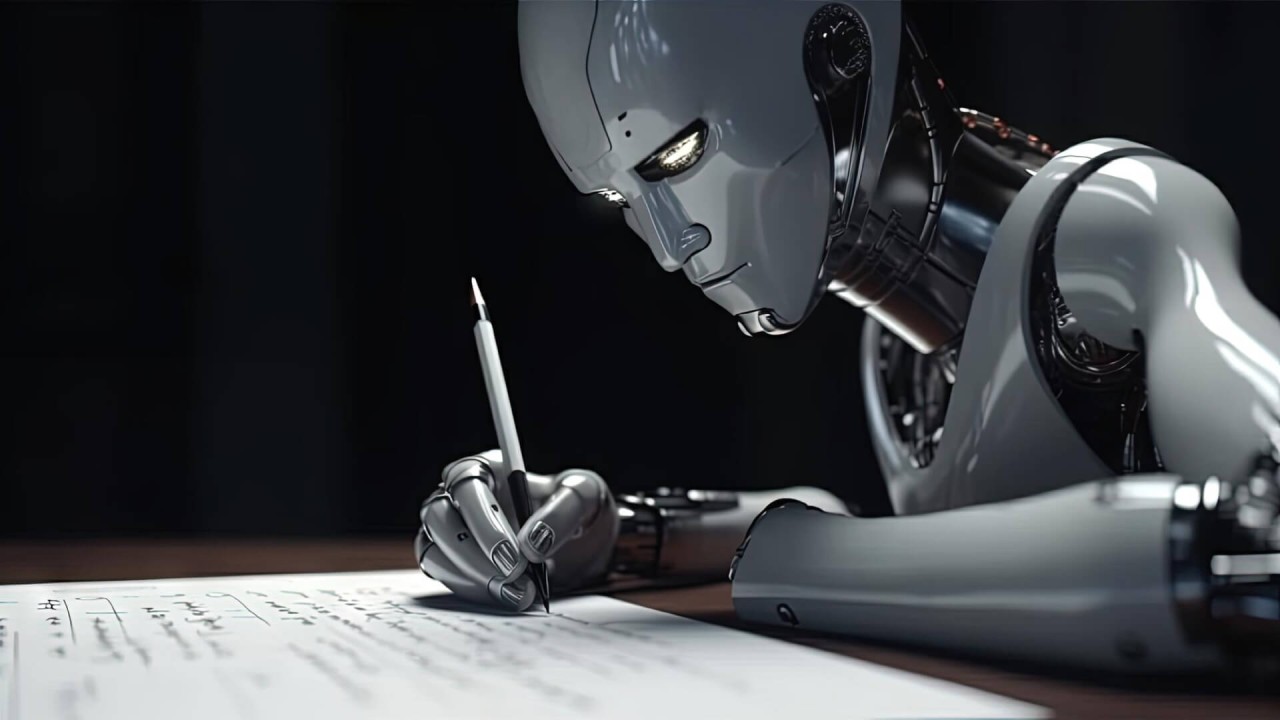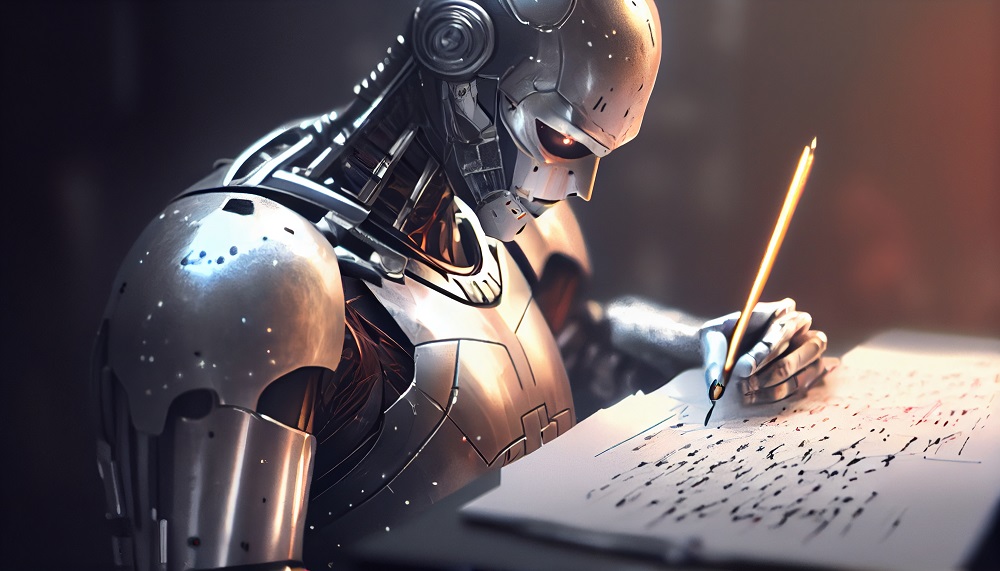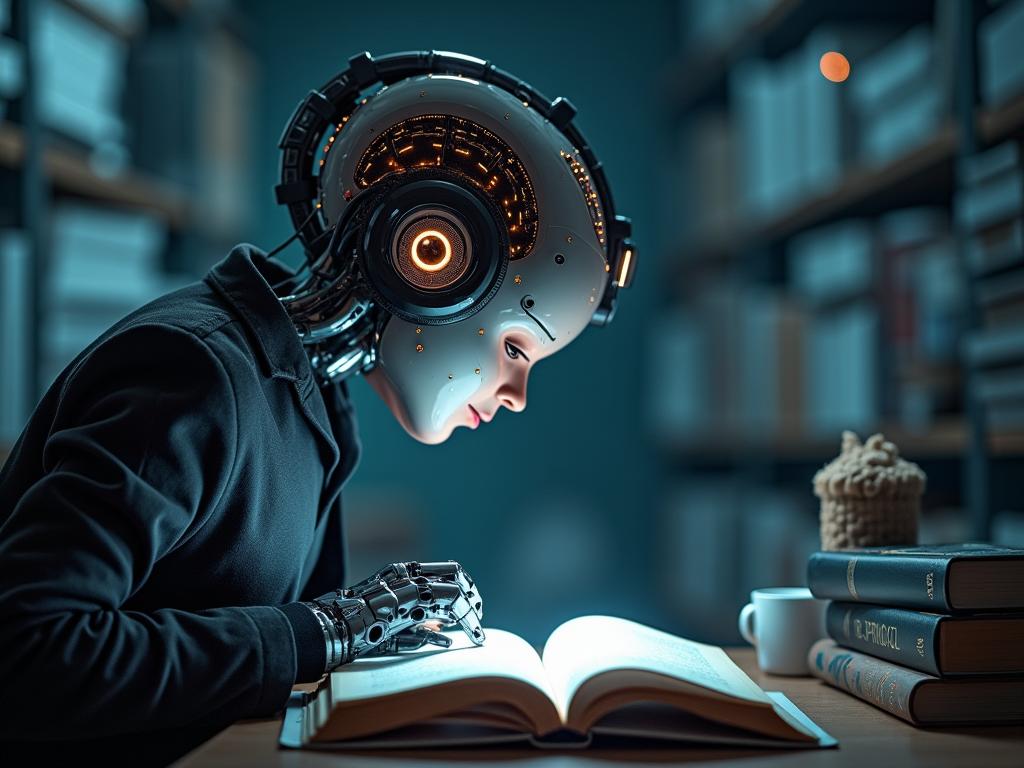Artificial Intelligence (AI) has steadily become a powerful ally for writers, transforming how content is created, edited, and published. From grammar correction to full-scale story generation, understanding the history of AI in writing helps illuminate how technology has evolved into a creative partner for the modern writer.
How Did AI Enter the World of Writing?
The use of AI in writing didn’t happen overnight. It’s the result of decades of advancements in computing, natural language processing (NLP), and machine learning. Early efforts focused on rule-based systems that could assist with grammar and spelling. Today, AI tools can write entire books, generate poetry, or help brainstorm ideas in seconds.
Key Milestones in the Evolution of AI for Writers
1. Rule-Based Grammar Tools (1960s–1990s)
AI in writing began with simple rule-based systems like spelling and grammar checkers. Programs such as Grammatik and Microsoft Word’s spell checker used predefined language rules to correct basic writing errors—marking the first step in AI-assisted writing.
2. Natural Language Processing Advances (2000s)
The development of NLP allowed computers to better understand human language beyond just rules. This led to smarter writing tools like Grammarly and Hemingway Editor, which could provide context-aware suggestions, improve readability, and enhance style.
3. Machine Learning and Predictive Text (2010s)
AI-powered writing assistants began to emerge, using large datasets to predict what a writer might want to say next. Tools like Google’s Smart Compose started offering real-time suggestions while typing, making writing faster and more efficient.
4. Neural Networks and Content Generation (Late 2010s–2020s)
The breakthrough of deep learning models like OpenAI’s GPT-2 and GPT-3 marked a turning point. These models could write entire articles, poems, or stories from a simple prompt, offering human-like fluency and creativity. AI was no longer just assisting—it was now creating.
5. Multimodal & Conversational AI (2020s and Beyond)
Modern AI, such as GPT-4, combines text generation with understanding images, speech, and context. Writers can now co-write with AI, generate ideas, rewrite drafts, and even simulate characters or dialogue in real-time. The process of writing is being reimagined with AI as a true collaborator.
How Writers Use AI Today
- Idea Generation: AI helps spark creative ideas, plot outlines, and headlines.
- Content Drafting: Writers can generate first drafts or expand brief notes into full paragraphs.
- Editing and Proofreading: AI tools enhance clarity, tone, grammar, and structure.
- Localization and Translation: AI assists in adapting content for global audiences.
- Voice and Style Matching: AI can mimic tone or adjust style based on brand or audience needs.
Considerations for Writers Using AI
As powerful as AI is, it’s important for writers to:
- Maintain originality and voice: Use AI as a tool, not a replacement for human perspective.
- Verify facts: AI can hallucinate or generate inaccurate information, so fact-checking remains essential.
- Be transparent: Acknowledge when and how AI is used in the writing process.
- Respect intellectual property: Avoid using AI to plagiarize or copy existing work without credit.
Conclusion
From basic grammar checks to full-fledged co-writing, the history of AI in writing reflects a remarkable journey of innovation. AI has gone from being a passive helper to an active creative force—but its real strength lies in how writers choose to use it. When combined thoughtfully, human creativity and artificial intelligence can create compelling, authentic, and impactful writing.







Leave feedback about this